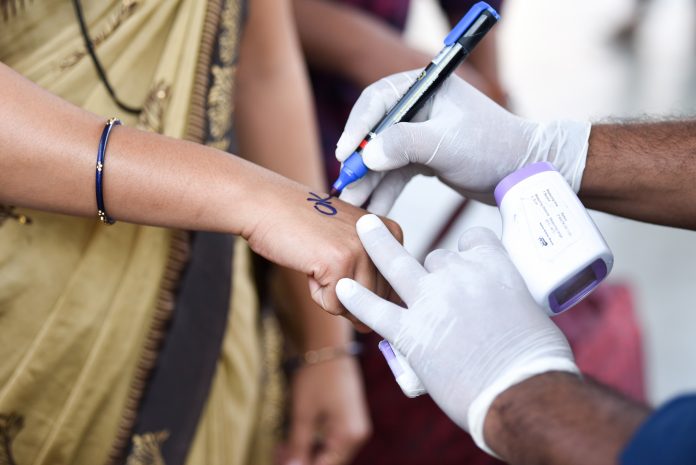The BMJ Global Health study looks at how the “eradication of COVID-19” could work – if high vaccination happens in every country, and all vaccines remain up-to-date
Right now, countries across the globe are fixated on vaccination. Some are close to herd immunity, like the UK, and others are barely at 4% double-vaccinated – simply looking to secure vaccine supply despite a pre-ordered market and increasing prices.
This new study is led by Nick Wilson, with Osman D Mansoor, Matthew J Boyd, Amanda Kvalsvig, and Michael G Baker from the University of Otago Wellington in New Zealand.
Vaccine-makers are undertaking clinical trials for improved versions that can handle the Delta variant, while others run trials to see how their drug impacts children. But so far, the global community has leaned to accepting COVID-19 as a virus that can be contained – not destroyed.
In this research, the authors remind us of one thing – the ultimate goal of public health is to eradicate a disease or virus from populations.
So, could it be possible to eradicate COVID-19?
Maybe.
According to their scoring, the team believe that COVID can be eradicated more easily than polio. Polio remains a communicable disease, with available vaccines – but there has never been a cohesive global push to destroy it in the same way that countries mobilised against COVID.
The data points out that some countries have already destroyed COVID, using a mix of well-known and new public health measures. This includes border control, physical distancing, mask-wearing, testing and contact tracing supported by genome sequencing – before vaccination became possible.
The authors commented: “Successful jurisdictions have included those with vast land borders such as China, high population densities such as Hong Kong, but also island nations such as Iceland and New Zealand, although with occasional outbreaks from border control failures that have been brought under control.”
What are the obstacles to total eradication of COVID?
1. Poor vaccine acceptance?
Yes.
The vaccine is treated suspiciously by some of every population in every country, fuelled by widely available and technical sounding misinformation about side effects. Government-created resources may further isolate individuals who are suspicious of the vaccine and believe that eradication of COVID is an excuse for surveillance.
2. The price of vaccinating?
Yes.
There are “high upfront costs” when it comes to vaccinating a population, buying or manufacturing doses, and also creating health infrastructure. This would also include richer countries helping the Global South, with intellectual property waivers and donation of vaccines, but the authors cite “vaccine nationalism” as an ongoing issue.
3. The virus may live on, in animals?
No.
The authors say that the virus may live on in non-human animal reservoirs, but wild animal infections with COVID are luckily relatively rare. When animals are infected, as seen with cats or dogs, they don’t seem to be capable of re-infecting humans.
4. New mutations will keep coming?
Yes, and no.
The variants are dangerous in how transmissible they become, there is no ignoring the power of the Delta variant. Lives continue to be lost due to variants, which is nothing to dismiss. However, the authors commented: “Nevertheless, there are of course limits to viral evolution, so we can expect the virus to eventually reach peak fitness and new vaccines can be formulated.”
The study proposes that more exact research is necessary, by bodies like the World Health Organisation. However, it paints a hopeful picture of what can happen when the world finds itself aligned against an illness and expends significant resources to deal with the problem.











